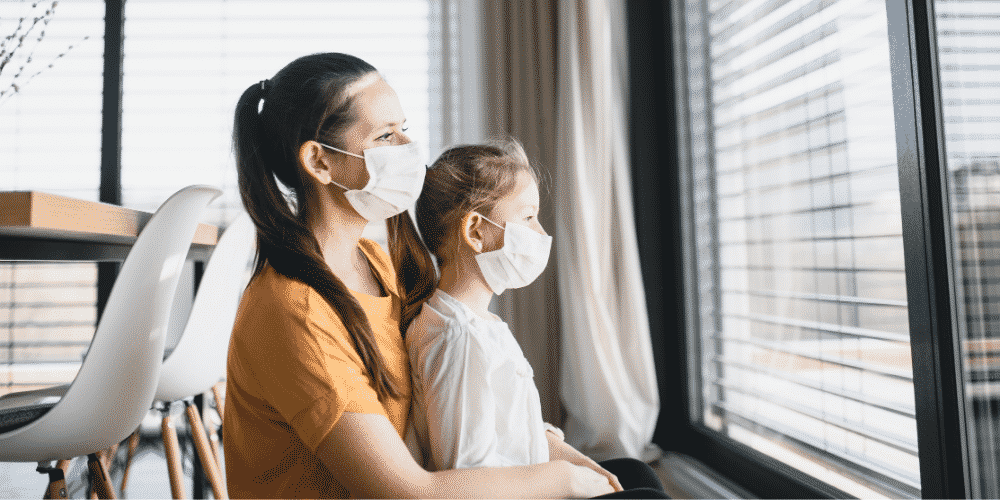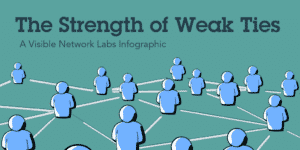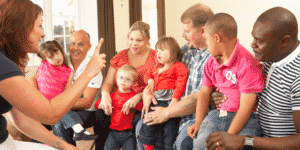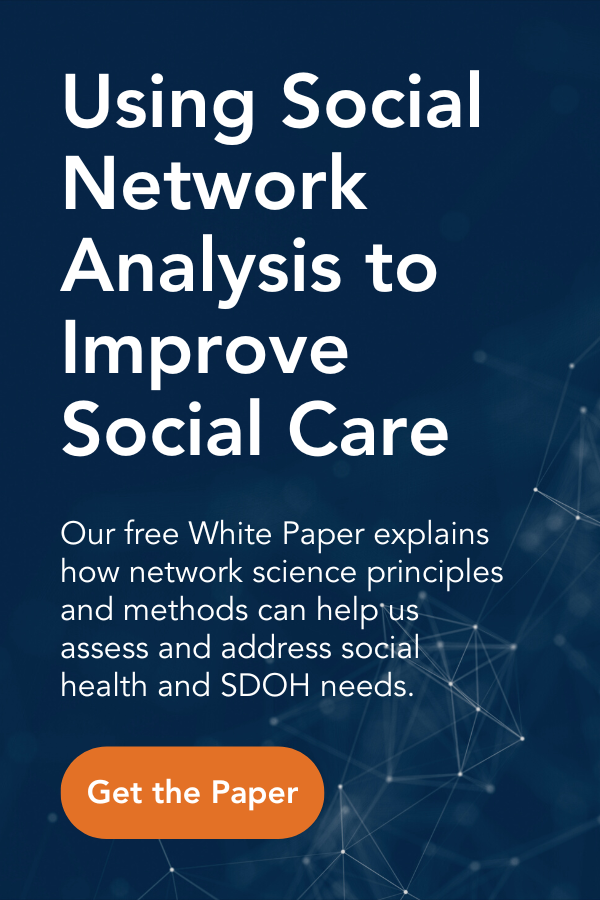More Than Social Isolation: 3 Different Types of Adverse Social Connectedness

After the past year of social distancing and isolation, the importance of social connections have never been so vividly clear to so many. With loved ones unable to meet face-to-face, friendships difficult to maintain, and social isolation on the rise, it has become quite obvious that strong, positive relationships are a necessity for good health and well-being.
Yet too often, we see a simple, but flawed assumption that more connectedness is always better than less. While this idea seems intuitively correct, it misses the many other types of adverse social connectedness beyond isolation alone. Here’s an overview of the different types of adverse social connectedness, along with ideas for addressing them each.
What is social connectedness, and how does it matter?
Social connectedness is a broad term that encompasses both the quantity and quality of our relationships with those in our lives. For example, a person can have a small number of close friends and family, but have very strong, high quality relationships. Strong, supportive connections provide resources, opportunities and other forms of support difficult to obtain from other sources. This includes tangible benefits, like monetary support or free childcare, as well as less obvious resources like information and emotional support. It is these resources and benefits that make social connectedness a significant determinant of our health and well-being.
The Different Types of adverse social connectedness
Since social connectedness can differ in a number of different ways, there are several different types of adverse social connectedness. social isolation is just the tip of the iceberg. Here’s an introduction to four different types of adverse social connectedness, including isolation, loneliness, adverse relationship, and a lack of companionship.

Social Isolation
The most commonly understood form of adverse social connectedness is social isolation, a lack of overall connections with others. This limits the resources and opportunities available to an individual, including assistance and emotional support, significantly increasing their risk of negative health and mental health outcomes. Combating social isolation requires intentional relationship-building and resource-sharing to help make up for this lack of connection.
Perceived Loneliness
While it is common that isolated people feel lonely, many well-connected people still feel loneliness – an issue known as “perceived loneliness.” Often these individuals have social connections of a neutral quality, limiting the sense of support and companionship provided by strong relationships. However this can be masked by the presence of a large number of low quality connections, which gives the appearance that an individual has many supports, when in reality they feel a significant lack of support. Working to improve the quality of connections can help reduce perceived loneliness, along with developing new sources of support.
Adverse Social Relationships
Some relationships with others are actually negative in nature, imposing more harm and costs on an individual than benefits. This is not a new problem, but is newly recognized as a root cause of many healthcare and mental health problems. These relationships appear in many different forms, including domestic abuse between partners, child abuse between children and caregivers, sexual abuse, bullying, and forms of social punishment like ostracism and physical punishment. Adverse social relationships can be improved by improving the quality of these relationships, or replacing them with better, more supportive connections.

Screening for Adverse Social Connectedness to Improve Health and Well-Being
Given the multiple different types of adverse social connectedness, it is not easy for care providers to understand where a patient is regarding their relationships. New tools and technology, like our PARTNERme tool, are providing caregivers new ways to measure and map their patient’s support networks. By asking patients about both the quantity, quality and structure of their social connections, providers can identify those most at risk of adverse social connectedness to intervene and provide resources and support.
The Different Types of adverse Social Connectedness: Now You Know!
Adverse social connectedness is a complex problem, with many different forms. It’s important for care providers to consider the many ways that it can impact their patients, including social isolation, perceived loneliness, and adverse social relationships. Using tools like PARTNERme gives care providers a powerful new way to identify which patients are at risk of one of the different types of adverse social connectedness so they can respond appropriately. To learn more about PARTNERme, click here, or contact our team to set up a custom demo.

About the Author: Alex Derr, M.P.A.
Director of Marketing & Communications
Alex joined VNL in 2017, originally supporting our events. He now helps manages our communications and marketing strategy and content development work. Alex creates blogs, infographics, reports, and other content while managing our web and social media presence. He also runs our email marketing campaigns, tracks analytics, and conducts market research to drive our strategy. He supports our entire team with copywriting, graphic design and research, and helps with events, webinars, demos, and other online learning. When he isn’t at work Alex spends his time climbing 14ers (30 done, 28 to go!) and blogging on his own website, The Next Summit Blog.
|
|
Thank you for Signing Up |

More Social Care Resources




